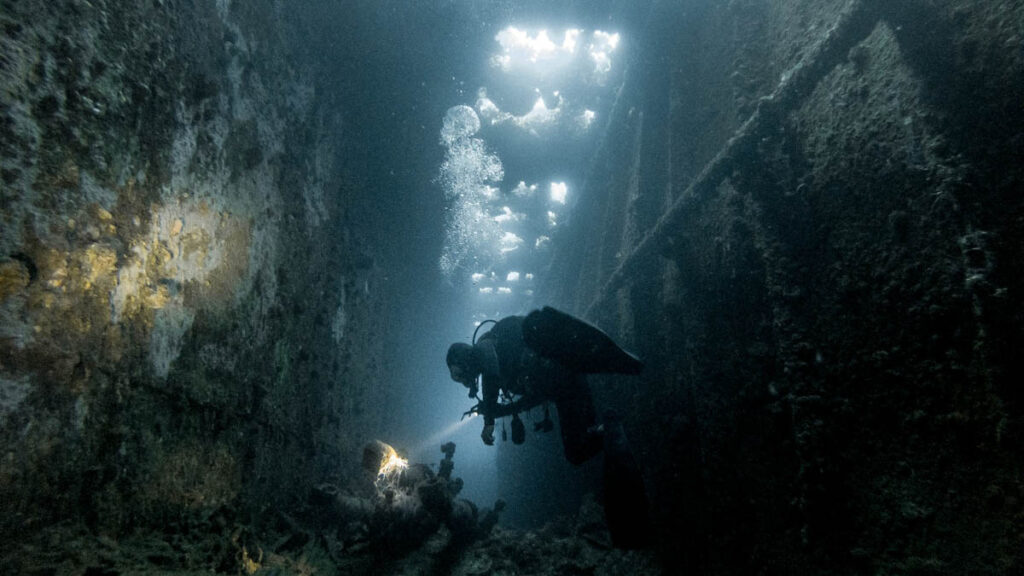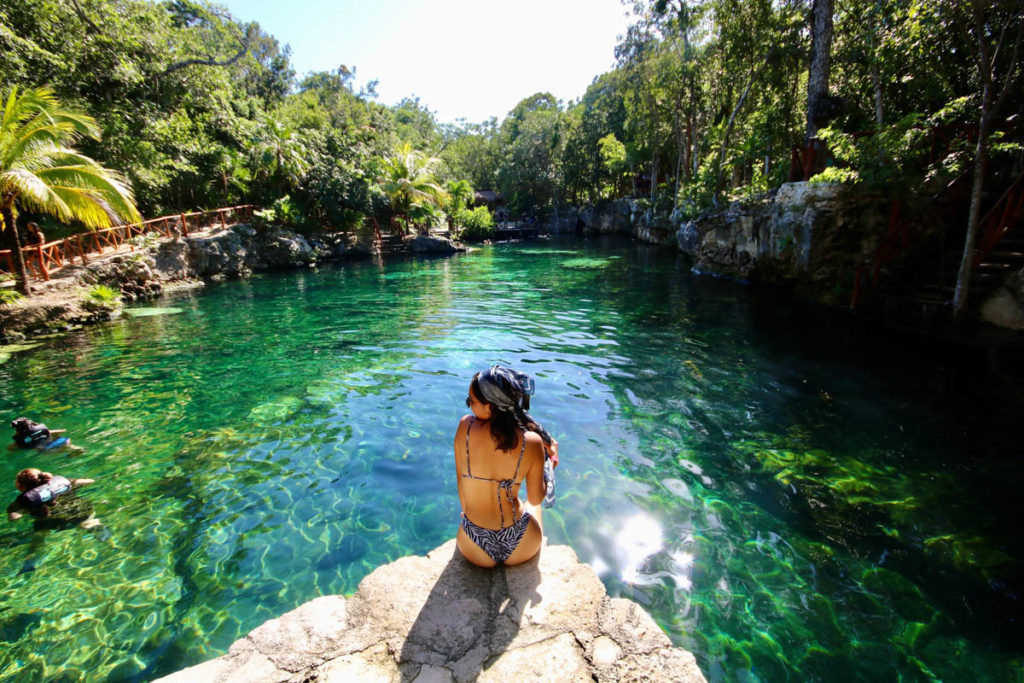Exploring the Depths: Navigating the Waters of Rebreather Diving
In the ever-evolving world of scuba diving, enthusiasts are constantly seeking new and advanced ways to explore the underwater realm. One such avenue gaining popularity is Closed Circuit Rebreather (CCR) diving, a cutting-edge technology that offers a unique and immersive experience. In this feature, we delve into the differences between Rebreather and traditional Open Circuit Diving, examine the cost/benefit analysis of each, and highlight the best locations to embark on your underwater adventures as a qualified Rebreather Diver.
Unveiling the Depths: Rebreather vs. Open Circuit Diving
The Breath of Innovation: Closed Circuit Rebreather Diving
Rebreather diving is a revolutionary approach to underwater exploration that differs significantly from the conventional Open Circuit Diving. In CCR, the exhaled breath is scrubbed of carbon dioxide, and the remaining oxygen is recirculated for the diver to breathe. This closed-loop system not only allows for longer dive times but also minimizes the release of bubbles, providing a quieter and less intrusive underwater experience.
Unlike Open Circuit Diving, where each breath releases bubbles into the water, Rebreather Diving allows divers to blend seamlessly with marine life. The absence of bubbles reduces noise, making it easier to approach wildlife without causing disturbance. Additionally, the extended dive times achievable with CCR enhance the overall underwater experience, enabling divers to explore more of the mesmerizing underwater landscapes.
The Traditional Dive: Open Circuit Diving
Open Circuit Diving, on the other hand, is the conventional scuba diving method where divers breathe in from a tank and release exhaled air into the water through a regulator. While Open Circuit Diving is widely taught and easily accessible, it has limitations regarding dive time due to the continuous release of bubbles and the need to surface for gas breaks.
Dollars and Depths: Cost/Benefit Analysis
The Investment: Closed Circuit Rebreather Diving
Investing in a Closed Circuit Rebreather system is undoubtedly a significant financial commitment. The technology and training required for CCR diving come with a higher price tag compared to Open Circuit equipment and certifications. However, the benefits of reduced gas consumption, longer dive times, and a quieter underwater presence are compelling reasons for many divers to make the investment.
Accessibility: Open Circuit Diving
Open Circuit Diving is generally more accessible in terms of cost. Certification courses, equipment, and gas fills are more budget-friendly, making it an attractive option for beginners or those who prefer a more straightforward approach to scuba diving. While the dive times are limited, Open Circuit Diving remains a popular choice for its affordability and ease of entry into the underwater world.
Breathtaking Destinations for Rebreather Divers

Photo by Marek Okon on Unsplash
1. Truk Lagoon, Micronesia
Known as the “Ghost Fleet of Truk Lagoon,” this World War II underwater museum is a haven for Rebreather Divers. Explore the sunken ships and aircraft in crystal-clear waters, surrounded by a fascinating array of marine life.

Photo by Meritt Thomas on Unsplash
2. Blue Hole, Belize
The iconic Blue Hole is a natural sinkhole off the coast of Belize, offering a mesmerizing dive for Rebreather enthusiasts. Delve into the depths and encounter impressive stalactites and stalagmites within this underwater wonder.

3. The Cenotes, Mexico
Experience the magic of the Yucatan Peninsula’s cenotes, natural sinkholes connected by an extensive underground river system. Rebreather Divers can navigate the intricate cave systems and witness awe-inspiring formations in this unique underwater environment.
Choosing Your Dive: The Final Plunge
In the end, the choice between Closed Circuit Rebreather and Open Circuit Diving depends on individual preferences, budget considerations, and the desire for a more immersive underwater experience. As technology advances and more divers embrace the silent world of Rebreather Diving, the allure of exploring the depths in near-silence becomes an enticing proposition for those seeking the next frontier in scuba exploration.







